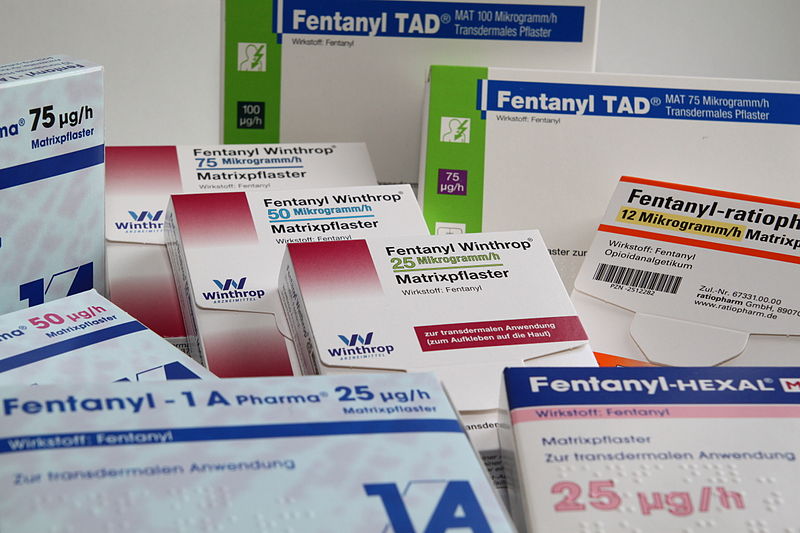
29 Apr Opinion | Opioids cause more pain than they cure

While I was on my way to my formal last year, rapper Travis Scott dropped his single “Watch,” featuring Lil Uzi Vert and Kanye West. When I listened for the first time – and countless times after – one line stuck out to me: “Opioid addiction, pharmacy’s the real trap.” This line from Kanye’s verse is one of three in which the 21-time Grammy winner refers to his struggle with prescription opioids that began after a liposuction procedure in 2016.
Kanye equates the pharmaceutical industry to a trap house – a place where illegal drugs are sold. And in a lot of ways, he’s not wrong. Opioids like codeine, morphine and oxycodone are prescribed by doctors to treat pain, especially after surgeries, and rose to popularity during the 1990s. Soon after they were introduced, opioids became the most prescribed type of medicine in the nation. In the late 1990s, pharmaceutical companies assured doctors and patients that opioids weren’t addictive, which only increased the number of prescriptions, according to the National Institute on Drug Abuse. That statement couldn’t be further from the truth.
Now, the opioid crisis in the U.S. is the worst drug addiction epidemic in the nation’s history, according to Time Magazine. Nearly 64,000 Americans die from drug overdoses each year, and synthetic opioids are the most common drugs involved in those overdoses. According to the National Institute on Drug Abuse, in 2017, 47,000 of the 64,000 people died as a result of opioid overdoses. Many of these overdoses involved fentanyl.
Fentanyl is a synthetic opioid that is not only prescribed by doctors, but is also made by drug cartels – who sell it plain and mix it with other illegal substances. A dose of fentanyl the size of just six to seven grains of salt – two milligrams – is enough to kill someone. Because such a small amount of fentanyl can get someone extremely high, mixing it with drugs like cocaine and methamphetamine is profitable for dealers.
With this crisis so well-documented, and with more than 130 people dying from an opioid overdose every day, why are doctors still prescribing them to their patients? Because they are paid to do so.
A 2015 study conducted by Harvard University researchers found that doctors who prescribed the most opioids to their patients received the most money from pharmaceutical companies. These companies are also known to have donated hundreds of thousands of dollars to U.S. senators through political action committees. There are people who financially benefit from the deaths of thousands, yet no one has put a stop to this.
I believe in the benefits of pharmaceutical medications. I don’t think that essential oils and crystals can cure pain. But I also don’t think it was necessary for my dentist to prescribe me a bottle of oxycodone pills after I had my wisdom teeth removed when Advil worked just fine.
There are scenarios in which strong painkillers like opioids are the best option for treatment, but that isn’t always the case. And when it is, the patients should be monitored closely by trained professionals, because around 21 to 29 percent of people who are prescribed opioids misuse them.
The U.S. Department of Health and Human Services has started to make steps towards putting an end to this epidemic, by researching alternative pain treatments and promoting overdose-reversing drugs. But still, every day more than 130 families are devastated by the loss of a loved one.
No amount of money should be worth pushing drugs that have the capability of so easily ruining lives. The pharmaceutical industry should be held accountable for the damage they have caused.
[ad_2]
Source link



No Comments